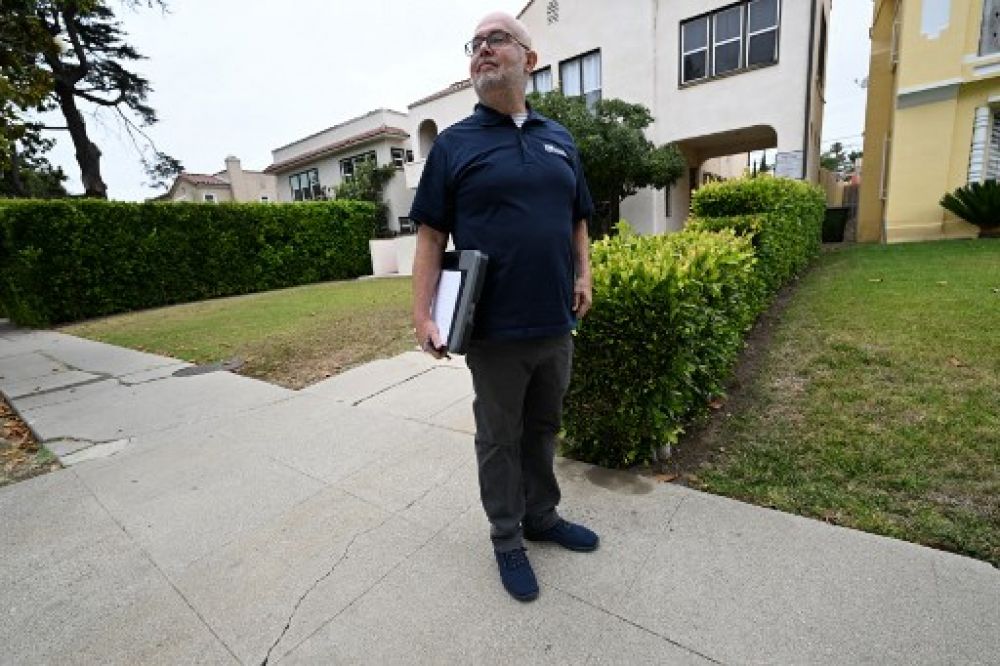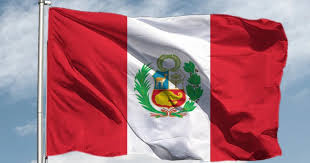
LOS ANGELES, July 19 (NNN-AGENCIES) — Damon Ayala patrols the streets of drought-stricken Los Angeles every day, inspecting the sidewalks. Each time he sees a puddle, he stops.
He is part of the city’s Department of Water and Power team, which looks into hundreds of community complaints filed by neighbours each week about water waste.
“It’s not extreme, but it’s something that we want them to take a look at,” he says of one pool of water.
“Looks like they have drip irrigation on this side. So there might be just a broken connector.”
Ayala’s patrol comes as California and the western United States are in the grip of a severe, years-long drought.
Scientists say that global warming driven by human activity, including the unchecked burning of fossil fuels, is creating a greater number of extreme events.
With reservoirs and rivers at historic lows, Los Angeles authorities have brought in water restrictions, such as limiting lawn irrigation to as little as eight minutes, twice per week.
Ayala notes down the addresses of properties where he finds evidence of infringement. The first violation prompts a warning.
“A lot of times they don’t know about the ordinance, and that’s our job to educate them,” he said.
Repeat offenders are fined between US$200 and US$600.
“We’re not looking really for their money – that doesn’t get us more water. We’re trying to get behavioural change,” he said.
“So that way we can capture the water savings from making those changes.”
After a fifth infraction, a device is installed which physically restricts a household’s supply, although Ayala says that step has rarely been necessary.
“We’ve been in serious drought situations in the past in the city of Los Angeles, and its citizens responded,” he said.
“And we expect them to respond this time around too.”
The water department says it is beginning to see results.
Officials noted a reduction in residential water demand in June, compared to the same month last year.
But as the drought worsens, more permanent changes to the city’s landscape could become necessary.
Famous for its rows of palm trees, Los Angeles has also traditionally been known for its lush, green lawns, maintained with automatic sprinklers.
Residents are increasingly replacing their thirsty lawns with plants native to this desert region.
“When we think of how much water gets used in a residential setting, over 50 per cent is actually used outdoors,” said Pamela Berstler, executive director of urban landscaping firm the Green Gardens Group (G3).
She and her colleague Marianne Simon teach classes as part of a city programme to encourage Angelenos to trade in their lawns for alternatives.
Native plants such as California oak, and flowers that only require a few drops of water each week to thrive, now adorn the couple’s garden.
Other popular alternatives include artificial lawns or gravel, although Simon stresses the environmental benefits of maintaining some form of vegetation.
With the thermometer hovering at around 36 degrees Celsius, water falling on the wilted, uneven grass and trickling down the sidewalk evaporated within minutes. — NNN-AGENCIES





